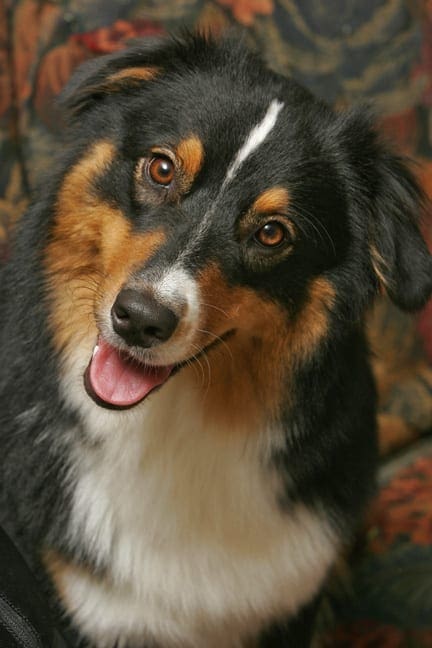Tips for Shooting Pets

Shooting pets can be one of the most rewarding types of photography one can do, but it’s not so simple as it may seem. Just try getting a kitten or frisky young puppy to hold still long enough to focus and get off a shot and you’ll immediately know what I’m talking about. They move….and very quickly.
One way to solve this problem is to restrict the areas into which your subject can bolt. Some of the ways I’ve accomplished this task are to place kittens in baskets and puppies in buckets,


nestled into the back of wingback chairs,



Personally, I love the fence concept because your kitty is free to move about, back and forth, but always at the same distance from the camera, give or take a few inches.
Peeking out from tall boots or and even sitting on top of their dog houses might also work.


They will gather up the loose little ones and return them to the set or area you’re shooting them in. They will be there to hold a reflector, which may either be your main light if the sun is at the back of the animal, or the source of a catch-light in their eyes.
{A catch-light is the bright specular highlight in the eye that gives it it’s “twinkle”. It adds a lot of life to a photo and is a good thing to try and have). Remember to focus on the eye nearest the camera. It’s difficult to do close-ups that aren’t looking squarely and directly at the face, in which both eyes are in focus. When presented that choice, just remember to focus on the eye nearest you.

Your assistant can also distract your pet with either a toy (squeaky ones work great with dogs but can scare cats away) or small treats. The best treats are ones which can be gobbled and not chewed. Rewards are quick and you waste no time waiting for them to finish. This kind of assistance should also allow for some more or less candid photography as your pet is now paying attention to the food and/or toy provider and not worrying about you and the camera you’re pointing at it.
This assistant might also carefully hold your pet, hiding their hands in such a way as to enable you to shoot a portrait with an uncomplicated or uncluttered background and no obvious fingers.

Other tips for shooting your pets might be to include other members of your family with them. The interactions can be fun as well as providing some idea of scale.



